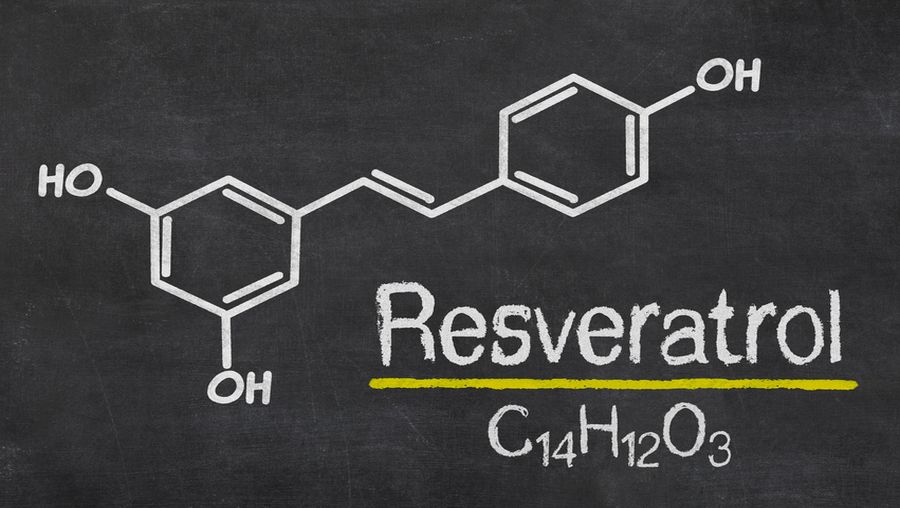Now I don’t use kratom, but have enough to know it a bit.. That said I stumbled upon some research that feel could be of use to others here. Let’s call it The Kratom Diet..
First let us look at this research article.
We see here, with this fairly new article, that mitragynine is metabolized via CYP3A enzymes to 7-OH-Mitragynine and mitragynine pseudoindoxyl both of which are said to better opioids that the parent molecule. These metabolites likely have a strong influence on the pharmacology of mitragynine, and may explain heavy individualistic differences.
Before we continue with that thought train let’s look at another article.

 pubmed.ncbi.nlm.nih.gov
pubmed.ncbi.nlm.nih.gov
In this article we see an increased bioavailability of mitragynine in the form of kratom tea and even better as the organic extract of kratom tea then mitragynine alone. (1.5x and 1.8x respectively.)
From this article I extrapolate mitragynine possibly has a higher bioavailability when consumed with fats.
Now let’s go back to the first article. They don’t specify which CYP3A enzymes so we’re gonna go at this shotgun style.
The goal in theory would be to not inhibit but induce CYP3A enzymes to better produce the more pharmacologically active metabolites.
Which brings us to this article…

 dmd.aspetjournals.org
dmd.aspetjournals.org
It looks over the inducing ability of an array of natural substances to induce CYP3A4 (one of the more used CYP enzymes). Of interest we see Quercetin (230% control), grape seed oil (270%), ginseng (155%), and kava (386%).
Another substance, while not in this article but studied elsewhere is Capsaicin.
With these substances I think we can put together something that should induce CYP3A4 fairly well.
Quercetin is a flavonoid with an array of pharmacological properties. It’s an antioxidant, has anti cancer effects, and hits on GABA. The best most bioavailable source is found in onions. It seems too that Quercetin is not easily degraded with no appreciable loss during cooking.
Grapeseed oil can be used like any other for cooking and has a high smoke point.
Now there’s a couple ways to go about this. You can add these foods as you wish to a variety of dishes, go heavily obviously. There’s never too much onion. But I’ll provide one with an alternative.
Pour some grapeseed oil into a high sided skillet. Add equal quantities of onion, hot pepper of your choosing, and kava root. (Omit kava root and use ginseng instead if wanting to avoid kavas effects.) Make sure the added ingredients are covered by the oil. Heat on low-med for 30-60 minutes. Once finished let cool a bit (but not completely) then strain through a cheesecloth.
This oil can now be used to induce CYP3A4 as is, it’ll be pungent no doubt but healthy. Not only should the enzyme inducers increase potency, but the oil itself should increase bioavailability of mitragynine.
Again this is somewhat assuming that the CYP3A4 enzyme is of main importance in mitragynine metabolism, which isn’t a stretch given most drugs to some extent go down this pathway.
More to come soon on additional CYP3A enzyme inducers…
For anyone who use kratom daily, if you give this a try please report back
-GC
First let us look at this research article.
We see here, with this fairly new article, that mitragynine is metabolized via CYP3A enzymes to 7-OH-Mitragynine and mitragynine pseudoindoxyl both of which are said to better opioids that the parent molecule. These metabolites likely have a strong influence on the pharmacology of mitragynine, and may explain heavy individualistic differences.
Before we continue with that thought train let’s look at another article.

Comparative Pharmacokinetics of Mitragynine after Oral Administration of Mitragyna speciosa (Kratom) Leaf Extracts in Rats - PubMed
Kratom (<i>Mitragyna speciosa</i>) has been examined for its opioid activity, especially for the treatment of opioid withdrawal and pain. Mitragynine, the most abundant alkaloid in kratom, is thought to be the major psychoactive alkaloid. An HPLC method was developed for the quantification of...
In this article we see an increased bioavailability of mitragynine in the form of kratom tea and even better as the organic extract of kratom tea then mitragynine alone. (1.5x and 1.8x respectively.)
From this article I extrapolate mitragynine possibly has a higher bioavailability when consumed with fats.
Now let’s go back to the first article. They don’t specify which CYP3A enzymes so we’re gonna go at this shotgun style.
The goal in theory would be to not inhibit but induce CYP3A enzymes to better produce the more pharmacologically active metabolites.
Which brings us to this article…

Regulation of CYP3A4 Expression in Human Hepatocytes by Pharmaceuticals and Natural Products
Human CYP3A4 metabolizes a majority of clinically important substrates at variable rates. Accounting for these unpredictable rates is the wide variation noted in expression of this enzyme that is due, in part, to xenobiotic exposure. We used primary cultures of human hepatocytes from 17...
It looks over the inducing ability of an array of natural substances to induce CYP3A4 (one of the more used CYP enzymes). Of interest we see Quercetin (230% control), grape seed oil (270%), ginseng (155%), and kava (386%).
Another substance, while not in this article but studied elsewhere is Capsaicin.
With these substances I think we can put together something that should induce CYP3A4 fairly well.
Quercetin is a flavonoid with an array of pharmacological properties. It’s an antioxidant, has anti cancer effects, and hits on GABA. The best most bioavailable source is found in onions. It seems too that Quercetin is not easily degraded with no appreciable loss during cooking.
Grapeseed oil can be used like any other for cooking and has a high smoke point.
Now there’s a couple ways to go about this. You can add these foods as you wish to a variety of dishes, go heavily obviously. There’s never too much onion. But I’ll provide one with an alternative.
Pour some grapeseed oil into a high sided skillet. Add equal quantities of onion, hot pepper of your choosing, and kava root. (Omit kava root and use ginseng instead if wanting to avoid kavas effects.) Make sure the added ingredients are covered by the oil. Heat on low-med for 30-60 minutes. Once finished let cool a bit (but not completely) then strain through a cheesecloth.
This oil can now be used to induce CYP3A4 as is, it’ll be pungent no doubt but healthy. Not only should the enzyme inducers increase potency, but the oil itself should increase bioavailability of mitragynine.
Again this is somewhat assuming that the CYP3A4 enzyme is of main importance in mitragynine metabolism, which isn’t a stretch given most drugs to some extent go down this pathway.
More to come soon on additional CYP3A enzyme inducers…
For anyone who use kratom daily, if you give this a try please report back
-GC
Last edited:






